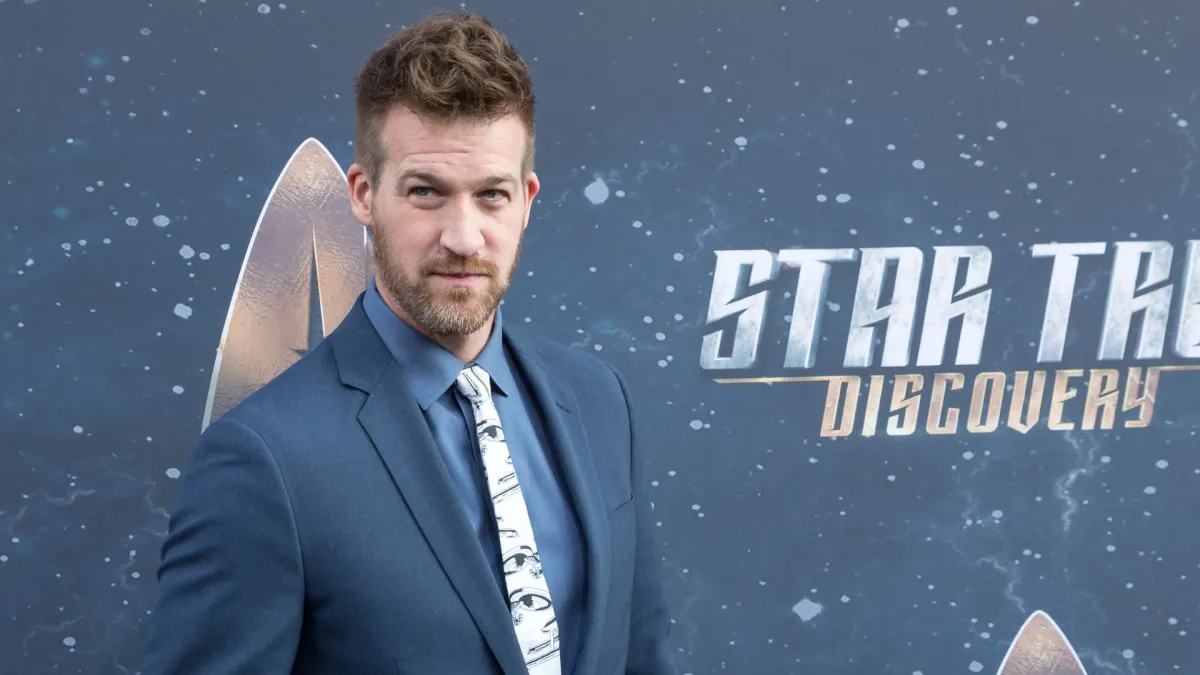Imagine being stranded at sea, surrounded by vast waters with no land in sight. You need to send a distress signal, but how do you communicate your desperate situation? Enter SOS Morse Code—a simple yet powerful message that has saved countless lives throughout history. This three-letter combination transcends language barriers and resonates across the globe. But what makes SOS so iconic? The fascinating journey of Morse Code reveals not only its origins but also its role in shaping communication as we know it today. Join me as we decode the rich tapestry woven into the fabric of this timeless signal and discover why SOS continues to captivate our imaginations!
What is Morse Code and Why was it Created?
Morse Code is a method of encoding text into sequences of dots and dashes. Each letter and numeral has its unique combination, allowing for effective communication through sound or light signals.
Created in the early 1830s by Samuel Morse and Alfred Vail, it was designed to enable long-distance messaging over telegraph lines. The simplicity of using just two symbols—a dot (short signal) and a dash (long signal)—made it both efficient and easy to learn.
Morse Code revolutionized communication, especially in maritime contexts. Its ability to convey messages over vast distances opened doors to new possibilities in commerce, navigation, and emergency signaling.
As technology advanced, Morse Code became an essential tool for operators working aboard ships. It provided a reliable means for transmitting urgent communications when voice wasn’t an option.
The Origin of the SOS Distress Signal
The SOS distress signal emerged in the early 20th century, capturing attention worldwide. It was officially adopted at the International Radiotelegraphic Convention of 1906.
Prior to its inception, distress signals were often confusing and varied by region. The need for a universal call became clear as maritime disasters increased.
SOS stands out because of its simplicity. Composed of three dots, three dashes, followed by three dots (· · · – – – · · ·), it’s easy to remember and transmit under duress.
Its debut came during perilous times at sea. The RMS Titanic’s tragic sinking in 1912 highlighted how critical reliable signals are for saving lives.
As communication technology advanced, SOS became synonymous with emergencies on land and sea alike. Its legacy continues as an enduring symbol of help amidst crises.
The Role of Morse Code in Major Historical Events
Morse Code played a pivotal role in several major historical events, serving as a lifeline when communication was crucial. During the American Civil War, it transformed military strategy by allowing troops to relay messages quickly and accurately over long distances. This speed often changed the tides of battle.
In maritime history, Morse Code became indispensable for ships at sea. The sinking of the RMS Titanic in 1912 highlighted its significance as distress calls were sent out using SOS, alerting nearby vessels to come to their aid.
World War II also saw extensive use of Morse Code for espionage and secure communications among allies. Its ability to transmit messages stealthily made it invaluable on the battlefield.
Even during space exploration, Morse Code has been used for signaling between spacecraft and ground control. Each moment marked by its rhythmic dots and dashes reflects humanity’s need to connect across vast distances—whether on land or amongst the stars.
How Morse Code is Used Today
Morse Code has found new life in the digital age. While it may seem outdated, its simplicity and effectiveness keep it relevant.
Amateur radio operators still use Morse Code for communication. They appreciate its efficiency over long distances, especially when conditions are challenging. The ability to convey messages using just a series of dots and dashes continues to attract enthusiasts.
In emergencies, Morse Code remains a vital tool. It is often used in distress signals where voice communication fails. Its recognizable pattern can be transmitted through light or sound, making it versatile.
Moreover, technology has embraced Morse Code too. Apps that teach users how to read and write in this code have become popular among hobbyists and learners alike.
Even some accessibility tools leverage Morse Code as an input method for individuals with disabilities, showcasing its enduring utility across various fields today.
Learning and Translating Morse Code
Learning Morse Code can be a fascinating journey. With just dots and dashes, you unlock a unique way of communication.
Many resources are available to help beginners grasp the basics. Online tutorials, apps, and flashcards offer interactive methods for mastering this code.
Practicing regularly is key. Start with simple words or phrases before advancing to full sentences. Consistency helps reinforce memory.
Translating Morse Code requires patience. As you gain confidence, try decoding messages from videos or radio transmissions.
Using mnemonic devices can also enhance your learning experience. Associating letters with memorable words makes it easier to remember their corresponding signals.
Today’s technology allows for instant translation too! Mobile apps can convert text into Morse Code in seconds, making it accessible anywhere.
Whether for fun or practical use, diving into this iconic language opens new avenues of exploration in both history and modern communication techniques.
Influence of Morse Code in Pop Culture
Morse code has carved its niche in pop culture, often serving as a mysterious yet compelling element in storytelling. Films and TV shows frequently use it to create suspense or convey secret messages. Iconic scenes featuring Morse code add depth, engaging audiences with its rhythmic dots and dashes.
Music also embraces this unique communication method. Bands occasionally incorporate Morse sequences into their lyrics or soundtracks, adding layers of meaning that resonate with fans.Decoding the Message The Fascinating History of SOS Morse Code Artists like Radiohead have explored the emotional weight carried by these simple signals.
Video games utilize Morse code for puzzles or hidden secrets, inviting players to decode messages for rewards. This interactive approach keeps gamers intrigued and invested in unraveling layers of narrative complexity.
From literature to art installations, the influence of SOS Morse Code continues to inspire creators across various mediums. Its ability to evoke curiosity ensures that it remains an enduring symbol of connection through time.
Conclusion
Morse Code has woven itself into the fabric of communication history. Its simplicity and efficiency made it indispensable during critical moments in our past. The SOS distress signal, a beacon for those in peril, continues to resonate deeply today.
From maritime rescues to wartime communications, Morse Code played pivotal roles that shaped events and saved lives. Even now, its influence can be seen across various platforms—be it amateur radio enthusiasts or modern technology equipped with emergency protocols.
The allure of Morse Code doesn’t just rest within its historical implications; it’s also embraced by pop culture. Whether featured in movies or used as a clever plot device in literature, this code transcends time and remains relevant.
Learning Morse Code is not only an engaging challenge but also a valuable skill that connects us to our history. It shows how creativity can solve problems under duress.
As we continue exploring new technologies and methods of communication, the legacy of SOS Morse Code endures—a reminder that even simple signals can convey profound meanings when words fail us.



